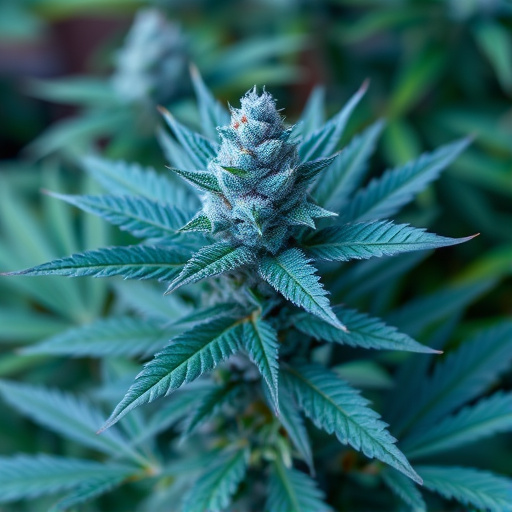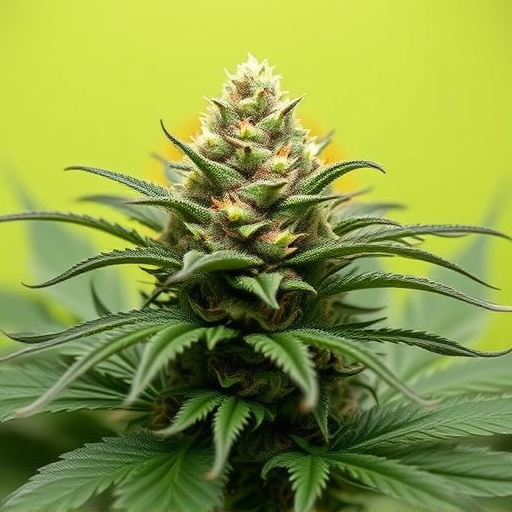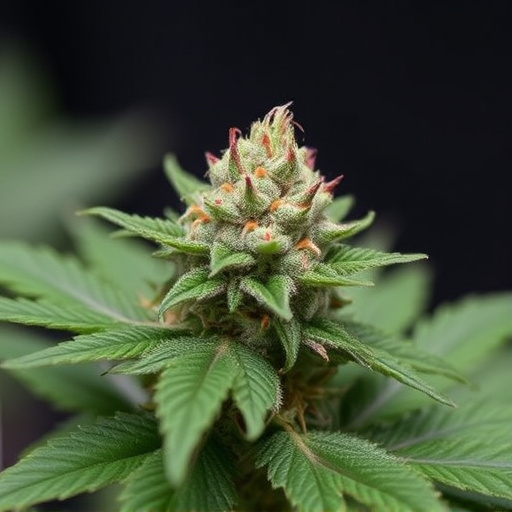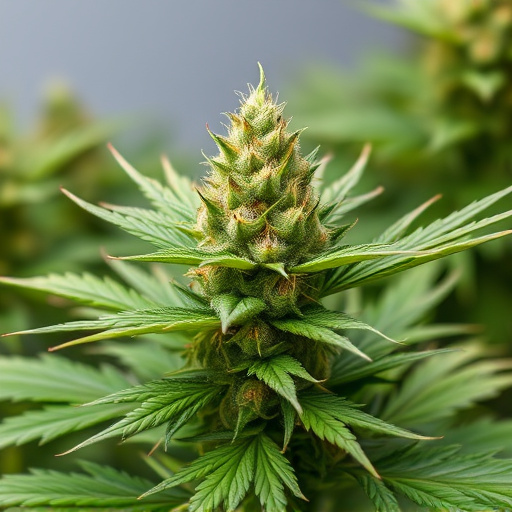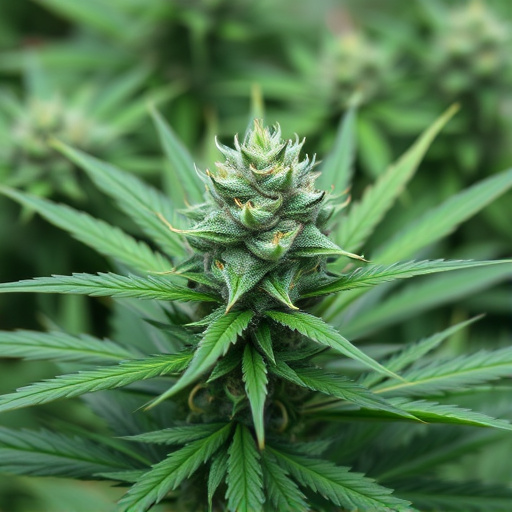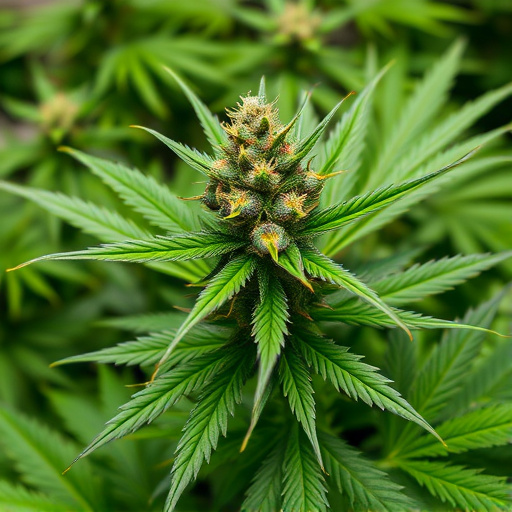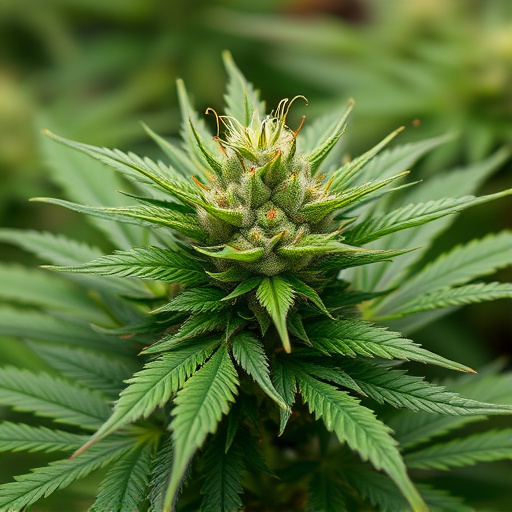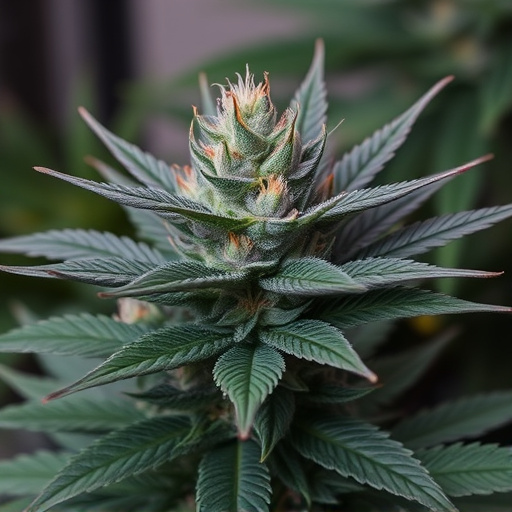Terpenes, organic volatiles responsible for cannabis' unique aromas and flavors, are crucial in understanding and appreciating both sativa cannabis strains and their therapeutic properties. With over 100 types identified, each terpene like myrcene, limonene, and linalool offers distinct characteristics and influences the effects of cannabinoids like THC and CBD. Sativa strains, known for their uplifting aromas and energizing effects, owe much to these terpene profiles. Research suggests terpenes modulate THC and CBD activity, enhancing sensory experiences and therapeutic benefits sought by sativa enthusiasts.
Discover the captivating world of terpenes, the unsung heroes behind the distinctive aromas and flavors of sativa cannabis strains. This chemical compound ensemble not only defines a strain’s scent but also plays a pivotal role in shaping its sensory experience. In this article, we unravel the mysteries of terpenes, exploring their diverse profiles within sativa strains and their profound impact on the way we perceive these popular varieties.
- Understanding Terpenes: The Chemical Compounds Behind Weed Scents
- Terpene Profiles in Sativa Cannabis Strains
- How Terpenes Impact the Sensory Experience of Sativa Strains
Understanding Terpenes: The Chemical Compounds Behind Weed Scents
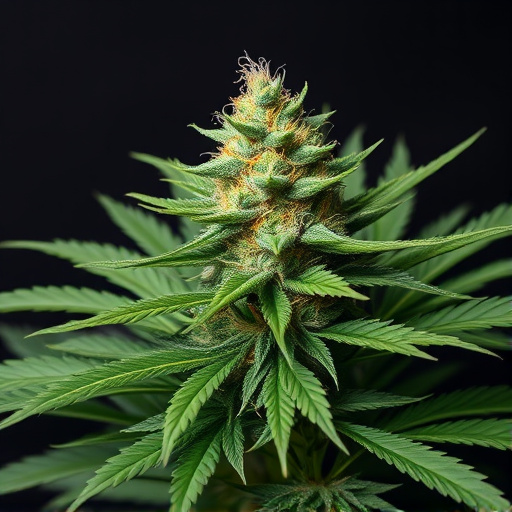
Terpenes, the unsung heroes in the world of cannabis, are chemical compounds that give each strain its unique aroma and flavor profile. These organic volatiles play a crucial role in shaping the sensory experience of both sativa cannabis strains and their indica counterparts. With over 100 types identified so far, terpenes contribute to the diverse range of scents and effects associated with different varieties of weed. Each terpene has distinct characteristics, from citrusy and floral notes to earthy and woody tones, creating a symphony of aromas that can transport you to lush gardens or tranquil forests.
Understanding terpenes is essential in appreciating the art of cannabis cultivation and the science behind its therapeutic properties. They not only influence how a strain smells but also interact with cannabinoids like THC and CBD, potentially enhancing or modifying their effects. For instance, myrcene, found abundantly in many sativa strains, is known for its earthy, musky scent and has been linked to promoting relaxation and better sleep. As researchers continue to explore terpenes’ complex interplay with cannabis, the full potential of these chemical compounds in shaping both sensory pleasure and therapeutic applications becomes increasingly clear.
Terpene Profiles in Sativa Cannabis Strains
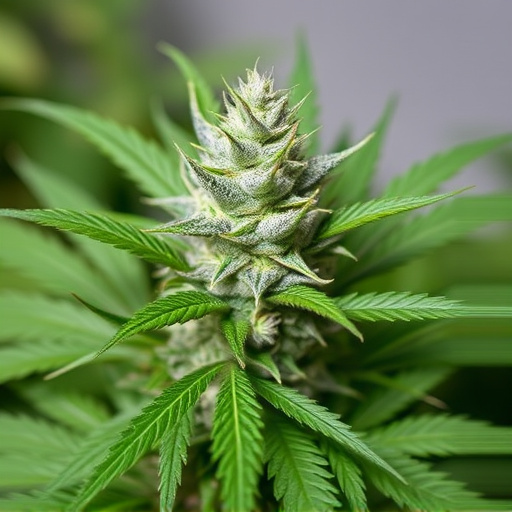
Sativa cannabis strains are renowned for their distinct, uplifting aromas, often characterized by fresh, citrusy, or floral notes. This unique terpene profile is largely attributed to the types and concentrations of terpenes present in each strain. Terpenes, aromatic compounds produced by plants, play a crucial role in shaping the scent and flavor of cannabis. In sativas, myrcene, limonene, and pinene are commonly dominant terpenes, contributing to the energizing and invigorating effects associated with these strains.
Myrcene, known for its earthy and musky scent, is often linked to feelings of relaxation and sleepiness. Limonene offers a bright, citrusy aroma that can induce a sense of happiness and focus. Pinene, reminiscent of pine trees, not only provides a refreshing odor but also may have anti-inflammatory properties, enhancing the potential therapeutic benefits of sativa strains. The interplay of these terpenes creates the signature scents we’ve come to associate with different sativa varieties, making each strain uniquely recognizable.
How Terpenes Impact the Sensory Experience of Sativa Strains
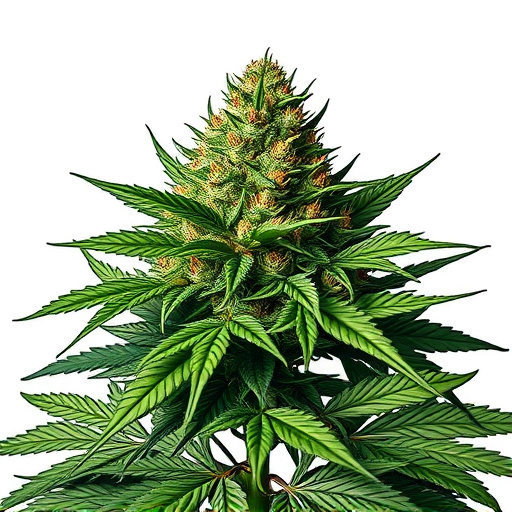
Terpenes play a pivotal role in shaping the sensory experience of sativa cannabis strains, contributing to their distinctive aromas and potential effects. These aromatic compounds, produced by both plants and some fungi, interact with the cannabinoid profile of sativa plants, creating complex and appealing scents that can range from citrusy and floral to spicy and woody. For example, myrcene, one of the most abundant terpenes in cannabis, is often associated with earthy and musky notes, imparting a grounding quality to sativas known for their uplifting and energizing effects.
The impact of terpenes goes beyond mere scent; they can influence how users perceive the high. Studies suggest that specific terpenes may modulate the activity of cannabinoids like THC and CBD in the body. In sativa strains, terpenes like limonene and linalool, known for their fresh citrus and lavender-like aromas, are linked to enhanced feelings of clarity and creativity. These sensory cues, combined with the therapeutic potential of these terpenes, contribute to the unique experiences sought by users of sativa cannabis strains.
In conclusion, terpenes play a pivotal role in shaping the unique scents and sensory experiences associated with sativa cannabis strains. By understanding these chemical compounds, we can better appreciate the diverse profiles that contribute to the overall appeal of different sativas. Terpene research continues to unveil the intricate connections between scent, flavor, and the effects users experience, making it an exciting area of study for both scientists and enthusiasts alike.

